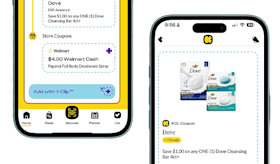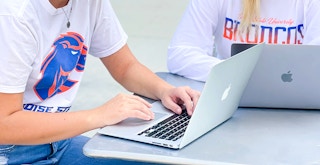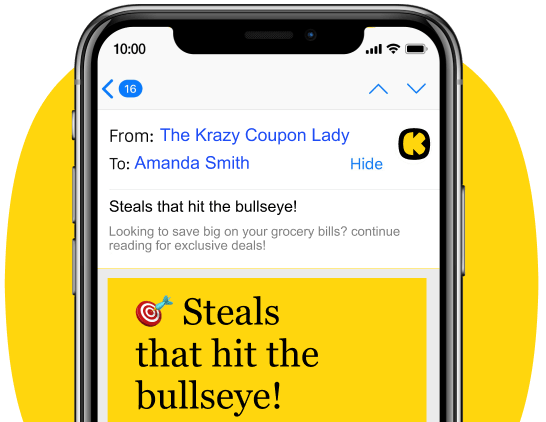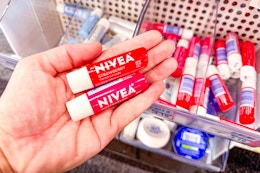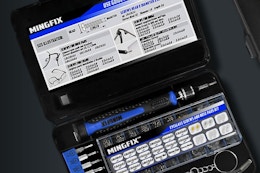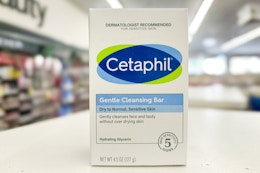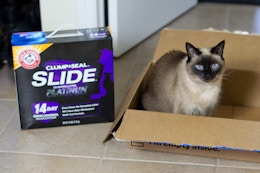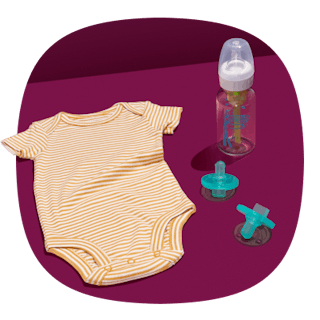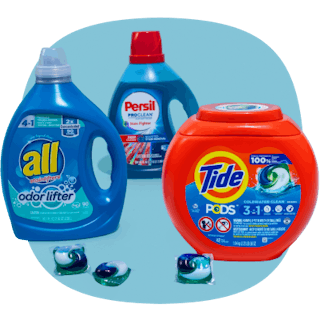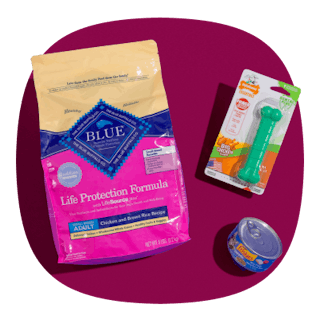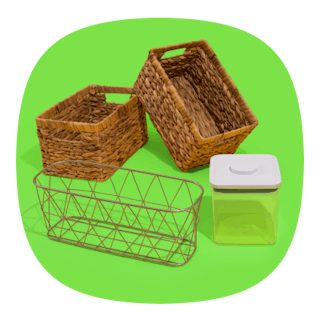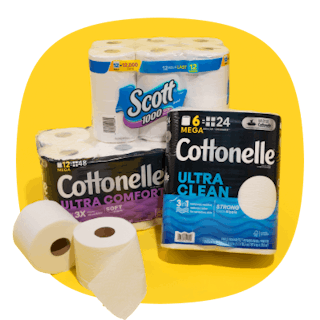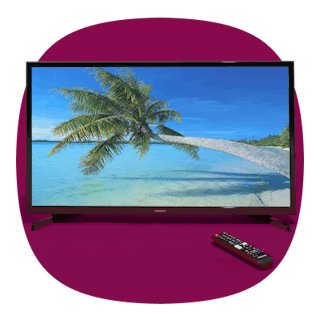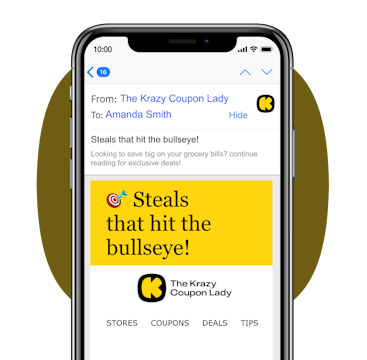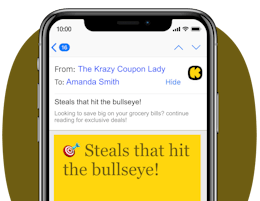Did you get the sad letter in the mail, the one about how student loan payments are about to resume on Oct. 1? Yeah, it’s a real bummer, especially since it seemed like student loan forgiveness was a done deal earlier in the year.
But on June 30, 2023, the Supreme Court rejected the Biden Administration’s student loan forgiveness plan, a program that would’ve alleviated the financial burden of around 30 million Americans. In response to this ruling, the Administration has shared a new round of strategies for student debt relief and borrower support.
In the past, the Administration has increased Pell Grants, reformed student loan programs such as Public Service Loan Forgiveness, and approved loan cancellations for certain borrowers. But now they’ve announced they’re rolling out some more “Plan B” options.
Following the Supreme Court’s ruling, the Administration announced that they’ve directed the Department of Education to begin making rules that’ll support student debt relief — based on provisions within the Higher Education Act.
This on-the-books law allows for specific student loan forgiveness programs and gives the Secretary of Education the authority to modify loan terms, which may be used to bring debt relief.
The Biden Administration has pledged to forgive $39 billion in certain kinds of student loans.

The recently announced pledge applies to 800,000 borrowers and is reportedly part of a program designed to correct loan servicer errors or bad advice borrowers may have received when agreeing to student loan terms. But unlike the recently struck-down Biden plan, this student loan forgiveness doesn’t apply to everyone. Here’s who qualifies:
- If you have a direct loan through the Department of Education or a Federal Family Education Loan (through what’s called the F.F.E.L., program), you may be eligible to get your student loan forgiven.
- If you have a Parent PLUS loan, you may also qualify for student loan forgiveness under President Biden’s new plan.
- Borrowers must have made the equivalent of 20 or 25 years’ worth of qualifying months (so either 240 or 300 months) of student loan payments to be eligible. Some borrowers may have a different threshold, which can vary depending on the type of loan and the specific payment plan in which you’re enrolled.
You might have to pay taxes on your loan forgiveness, if you live in certain states.
While Uncle Sam is giving a tax break on the forgiven student loans thanks to the American Rescue Plan Act, a few states are playing it a bit differently. If you’re living in Indiana, Mississippi, North Carolina, or Wisconsin, you might see some taxes coming your way on that forgiven amount. (And Arkansas is considering it, too.) If you’re in these spots, it’s a good idea to have a chat with a tax guru to make sure you know what’s coming when tax season rolls around.
Some borrowers may receive extra credit for payments.
Under Biden’s new student loan forgiveness plan, eligible borrowers may receive credit for other situations depending on their loan type. These situations can include:
- Periods in which borrowers were in forbearance (when your loan payments were paused or you were given lower monthly payments) for 12 months or more
- Borrowers in forbearance for 36 consecutive months or more may also be eligible for credit for those months
- Months spent in deferment before 2013
- Months in economic hardship on or after Jan. 1, 2013
- Military deferments on or after Jan. 1, 2013
Debt forgiveness is set to begin immediately for eligible borrowers.
If you are eligible for student debt forgiveness, the Department of Education will notify you by email and you do not need to take any action thereafter. These notices will continue every two months until next year. Debt forgiveness will take place within 30 days after you are notified by the Education Department. Your loan servicer will also notify you if and when your debt has been discharged.
Current borrowers won’t get penalized for non-payment for a year.

A just-announced 12-month “on-ramp” to repayment is a protective measure for borrowers as they resume student loan payments after the pandemic payment pause.
It’s not a free pass — you’re still expected to make payments and interest will keep adding up. But if life happens and you miss a payment, it’s not going to tank your credit score or get you in hot water with the loan servicers or collections agencies.
The on-ramp will run from Oct. 1, 2023 — when student loan payments resume — through Sept. 30, 2024.
The new ‘SAVE’ repayment plan may roll out sooner than expected.
The Administration is also pointing to their new Saving on a Valuable Education (SAVE) repayment plan, which originally was going to go into effect on July 1, 2024, but could roll out sooner in the wake of the Supreme Court’s decision.
The SAVE plan would significantly reduce borrowers’ monthly payments, even potentially down to $0. Under this plan, undergraduate students would only pay 5% of their discretionary income toward loan repayment each month, half the existing 10% threshold. (That’s the same repayment percentage the rejected loan forgiveness plan would’ve offered, too.) No monthly interest would be charged, and for those with original loan balances of $12,000 or less, loans would be forgiven after 10 years instead of 20.
This plan is designed to reduce monthly payments, provide significant yearly savings for borrowers, and prevent the growth of loan balances due to unpaid interest.
The Public Service Loan Forgiveness program still offers full student loan payoffs.
The Public Service Loan Forgiveness program is an entirely different way to eliminate student loan debt. More than 550,000 public service employees (like teachers and nurses), government workers, and military members working full-time can join this recently revamped program.
Basically, PSLF participants won’t need the new student loan plan because once they’ve made 10 years of on-time minimum payments, the rest of the federal debt is paid off.
To qualify for the PSLF program, you must:
- Work for U.S. federal, state, local, tribal, or not-for-profit organizations
- Work full-time for that agency or organization
- Have direct loans (or consolidate federal loans into a direct loan)
- Repay your loans under an income-driven repayment plan
- Have made 10 years of qualifying payments on the loan(s) before
See if you qualify for the PSLF program on their website.
The Biden plan would’ve canceled $10,000 to $20,000 in student debt per person.

The Biden administration would’ve canceled up to $20,000 in student loan debt per person, depending on the loan recipient’s income (or for dependents, their parents’ income).
Here’s how much student debt could’ve been canceled:
- Individuals making under $125,000 – $10,000
- Individuals who received the Federal Pell Grant – $20,000
- Individuals who make more than $125,000 a year aren’t eligible.
That’d take a significant chunk out of millions of people’s outstanding college debt. According to EducationData:
- Students with an Associate Degree have, on average, $20,000 in federal student loan debt. They’ll either get it cut in half or eliminated completely.
- Students with a Bachelor’s Degree have, on average, $32,300 in federal student loan debt. They’ll see their bill cut by 31% – 62%.
- Graduate Students owed, on average, an extra $82,810 in federal loans for their graduate school tuition (on top of undergrad debt). They’ll see their bill reduced 8.6% – 17.4%
RELATED: It might not be a bad idea to check out the college student freebies that are available.
Can you get loan forgiveness for private student loans?
No. If you received private student loans, those debts would not be eligible for any federal student loan forgiveness plan.
Since the U.S. Department of Education doesn’t distribute private loans, they’re not protected by federal loan forgiveness or payment extensions. So unfortunately, if the student debt forgiveness plan is approved, those won’t get forgiven, and payments won’t get paused. And unfortunately, there aren’t any official programs available to help forgive student loans. But there are a few options that can help.
Ask your private lender what options are available for lowering your payments. There are also plenty of companies that’ll help you refinance your private loans to help ease the pain of the monthly payments.
TIP: If you are or know a student going to college, avoid loans altogether by applying to some of these 54 often-unclaimed scholarships.
Download the KCL app to add and redeem coupons in store
